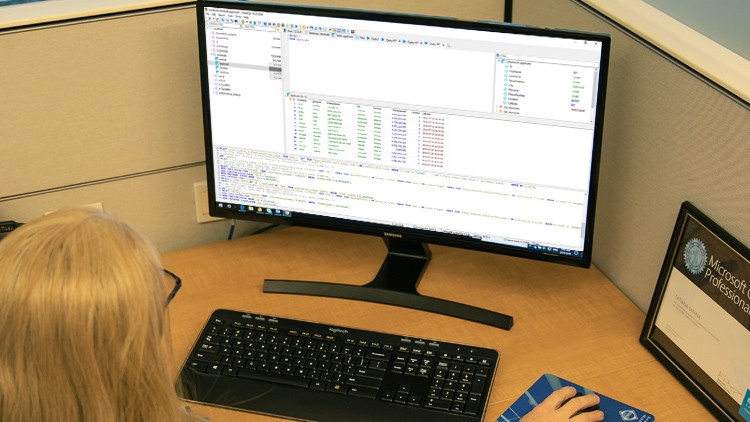
See the databases from developer’s point of view. They are just look complicated, it is fun to play with them.
What you will learn
Why the databases are so popular
How to create database in MS Access, mySQL and MS SQL Server
The basic of SQL
Description
In this course, we will talk about how information is stored on computers.
There are a lot of clients to consume information like web applications and reporting. Web application needs to track the users, giving them access to the resources. The user information, including the login information, the list of privileges, and the list of resources, must be securely stored, managed and backed up.
Often, we have to collect and save the information which is similar between the entities—the best place is to store it in the Database.
If the pieces of information could be structured to avoid repetitiveness, we call the result tables normalized and the collection of such tables a Rational Database.
This course shows three types of Rational Databases from the inside. It starts with an overview of the history and usage of the databases; then, we build the real Database in MS Access and reproduce the same Database in MySQL and MS SQL Server. After this course, the user will be able not only to create the Database but also to build the form and report in MS Access. You will see how web applications use databases, where to find the documentation, and how to use it. I will show you some development and production databases and how different systems store passwords.
Content